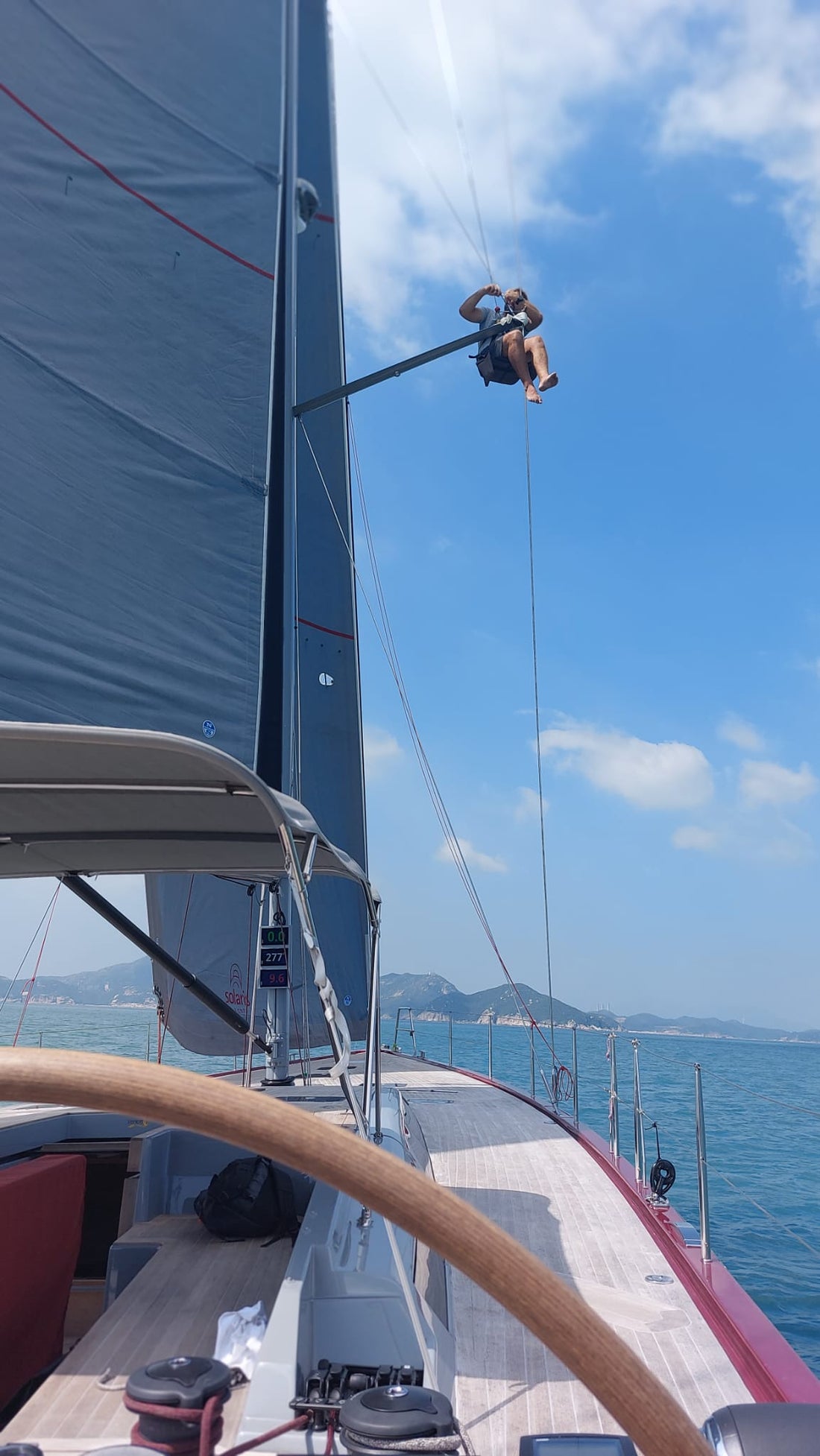
When Should You Schedule Your Rig Inspection?
Share
Regular rig inspections are crucial for maintaining your vessel's safety and performance. But how often should you have your rigging checked, and what factors influence this schedule? Let's break it down.
The Basic Timeline
For most recreational sailors, we recommend:
- Annual inspections for established vessels
- Bi-annual checks for boats used in competitive racing
- More frequent inspections for newer boats in their first two years
- Immediate inspection after any significant sailing incident
Key Factors That Affect Inspection Frequency
Age of Your Vessel
Older boats typically require more frequent inspections. If your standing rigging is:
- 0-5 years: Annual inspection
- 5-10 years: Consider bi-annual checks
- 10+ years: More frequent professional assessments recommended
Usage Patterns
Your sailing habits matter:
- Weekend recreational sailing: Standard annual inspection
- Regular racing: Increase to bi-annual checks
- Charter boats: Quarterly inspections recommended
- Ocean crossing vessels: Pre and post-journey inspections
Environmental Conditions
Hong Kong's climate presents unique challenges:
- High humidity can accelerate corrosion
- Typhoon season increases stress on rigging
- Salt water exposure requires vigilant monitoring
- Summer heat can impact synthetic components
Don't Miss These Key Inspection Moments
Beyond regular schedules, always inspect after:
- Any collision or grounding incident
- Unusual loads or stress on the rig
- Lightning strikes
- Major storms or typhoons
- Extended periods of disuse
The Cost of Delayed Inspections
Postponing inspections might save money short-term, but consider:
- Minor issues can develop into major problems
- Emergency repairs often cost significantly more
- Insurance may be invalidated by neglected maintenance
- Safety risks to crew and vessel
Planning Your Next Inspection
The best time to schedule routine inspections in Hong Kong is typically:
- Before the start of sailing season
- Prior to major sailing events
- Before typhoon season
- After winter storage
Professional vs. Self-Inspection
While regular self-checks are important, they don't replace professional inspections. A professional rigger:
- Has specialized tools and expertise
- Can spot early warning signs
- Provides detailed documentation
- Offers warranty-compliant service
Conclusion
Regular rig inspections are an investment in your vessel's safety and performance. By following these guidelines and working with professional riggers, you can enjoy peace of mind knowing your rig is maintained to the highest standards.
Need to schedule your next inspection? Contact us for a professional assessment of your rigging needs.
